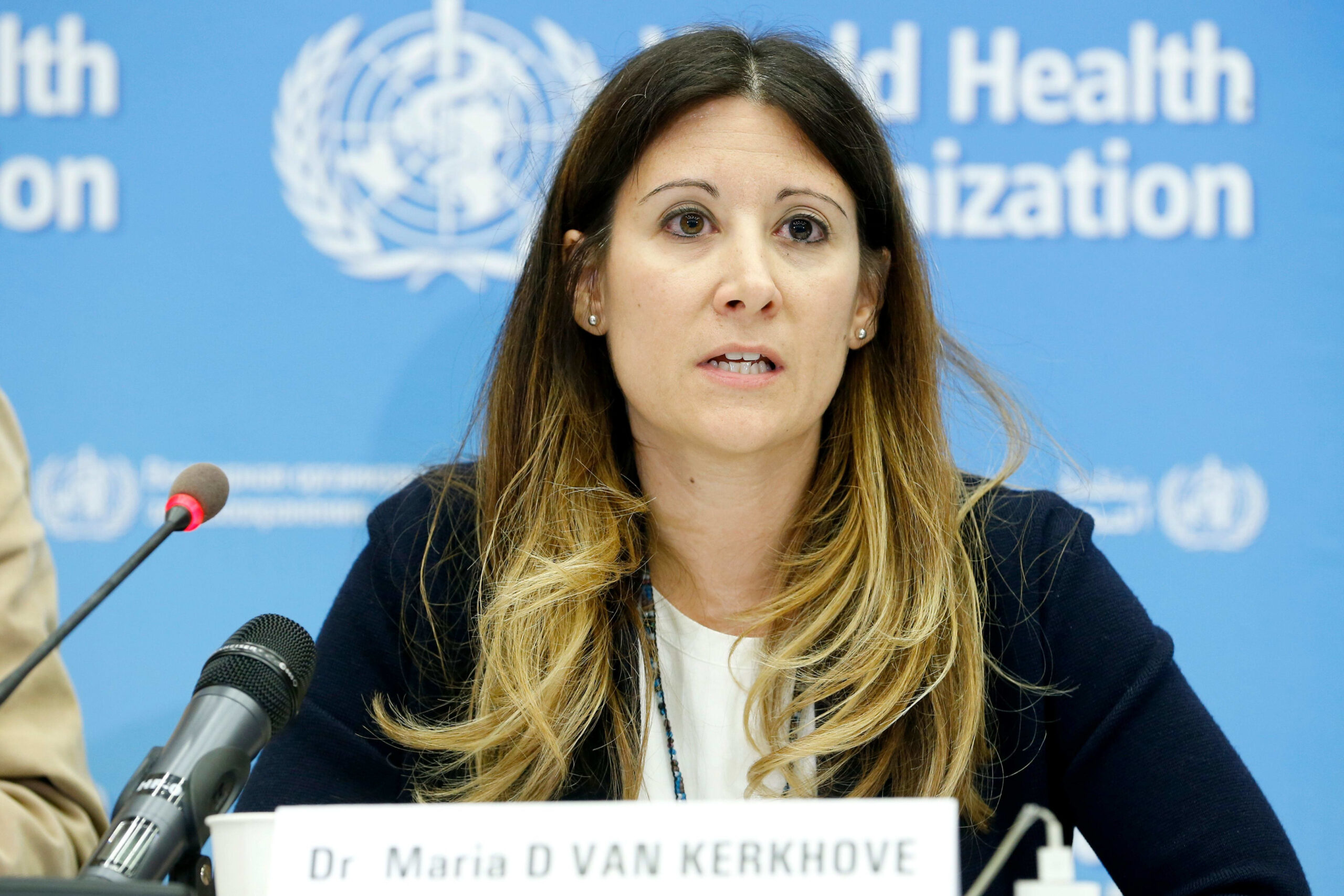Today, WHO has walked back its original statement, clarifying that the observation “was based on a relatively small set of studies,” and, “Evidence suggests people with symptoms are most infectious, but the disease can be passed on before they develop.”
So What Happened?
Essentially, the original statement was referring to a small set of data from various countries in instances where an asymptomatic case had been followed up and secondary infections among the asymptomatic person’s contact had been sought out. This data suggested that infections among the people the asymptomatic person had come in contact with were “very rare.”
The WHO emphasized today that there is no way of knowing if this trend is true on a global scale.
According to the BBC, the Director of the WHO’s health emergencies program, Dr Michael Ryan, said he was “absolutely convinced” asymptomatic transmission was occurring, but “the question is how much.”
What Exactly Does Asymptomatic Mean, Anyway?
According to Dr Van Kerkhove, the WHO’s head of emerging diseases, there are three categories within the designation of “asymptomatic.”
- People who never develop symptoms (asymptomatic)
- People who test positive when they don’t yet have symptoms – but go on to develop them (pre-symptomatic)
- People with very mild or atypical symptoms who do not realise they have coronavirus
Should I Continue to Social Distance and Wear a Mask?
Yes. There is still so much that experts don’t know about the spread of COVID-19, so while some evidence may suggest the virus isn’t as easily passed on by as many people as previously thought, that doesn’t mean you won’t contract the virus if you aren’t careful.
- Asymptomatic Transmission, the Achilles’ Heel of Current Strategies … ›
- 50 Percent of People with COVID-19 Aren’t Aware They Have Virus ›
- CDC says 35% of coronavirus infections are asymptomatic – CNN ›
- WHO says asymptomatic COVID-19 spread is ‘very rare’ – YouTube ›
- Explainer: Are asymptomatic COVID-19 patients safe or silent carriers? ›





